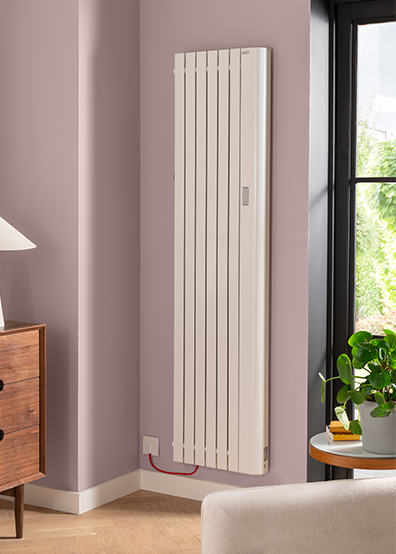Installing CCTV cameras outside your home and office can be a good security measure to deter potential intruders and monitor activities around your premises. Here are some general steps to help you install CCTV cameras:
- Assessment and Planning:
- Identify the areas you want to cover.
- Consider the field of view, camera placement, and potential blind spots.
- Determine the type of cameras needed (e.g., dome cameras, bullet cameras).
- Camera Selection:
- Choose CCTV cameras with features suitable for your needs (e.g., night vision, weather resistance).
- Ensure the cameras have the appropriate resolution for clear video footage.
- Purchase Equipment:
- Buy cameras, cables, power supplies, and a digital video recorder (DVR) or network video recorder (NVR). Arcs and Sparks can help you choose the right CCTV for your home.
- Consider additional accessories like mounts, junction boxes, and power surge protectors.
- Positioning:
- Mount cameras at strategic locations, such as entrances, driveways, and vulnerable areas.
- Ensure cameras are positioned at a height that discourages tampering but still provides a clear view.
- Power Supply:
- Connect cameras to a stable power source. You may need to use power adapters or a centralized power supply box.
- Wiring:
- Run cables from the cameras to the DVR or NVR. Conceal or protect exposed cables to prevent tampering.
- Use weatherproof conduit or cable housing for outdoor installations.
- Connect Cameras to DVR/NVR:
- Follow the manufacturer’s instructions to connect cameras to the DVR or NVR.
- Configure settings such as recording mode, resolution, and motion detection.
- Network Connection (if applicable):
- If your system is IP-based, connect the DVR or NVR to your network for remote viewing.
- Configure port forwarding on your router for remote access.
- Testing:
- Verify that each camera provides a clear and adequate view of its designated area.
- Test the recording and playback functions of the DVR/NVR.
- Monitor Placement:
- Set up a monitor connected to the DVR/NVR for on-site viewing.
- If you want remote access, install the manufacturer’s app or software on your smartphone or computer.
- Maintenance:
- Regularly check and clean cameras for dust and debris.
- Ensure cables are secure and not damaged.
- Update firmware and software as needed.
Before proceeding, check local laws and regulations regarding CCTV installations to ensure compliance. Our securty consultant at Arcs and Sparks can help with this.
For a no nonsense quote call Arcs & Sparks on 01225 789631




